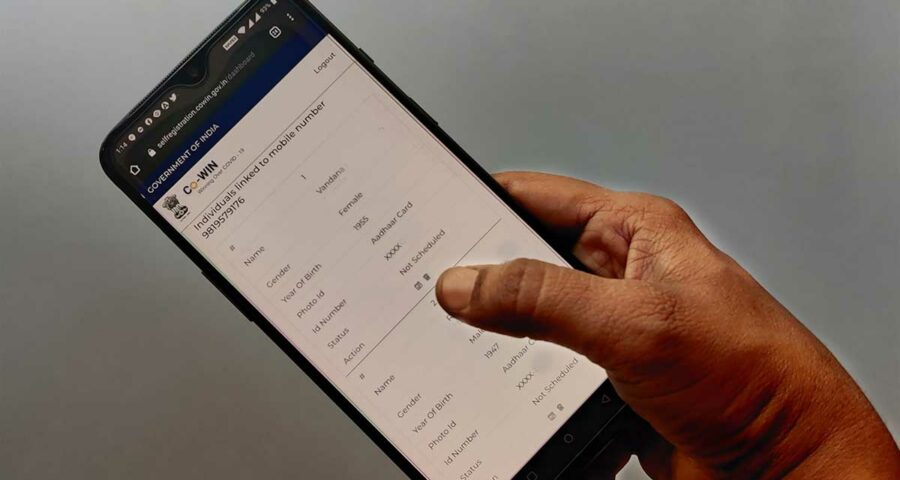India will share the development story of Co-WIN, the digital platform that helped it launch and implement a nationwide COVID-19 vaccination programme, with more than 20 countries that have shown interest in adopting the portal to run their own inoculation drives.
In a joint initiative by the Union ministries of health, external affairs and the National Health Authority, a virtual Co-WIN Global Conclave will be organised on June 30, which will see participation from health and technology experts representing countries across the globe.
Several countries such as Vietnam, Peru, Mexico, Iraq, the Dominican Republic, Panama, Ukraine, Nigeria, the United Arab Emirates and Uganda have expressed interest in learning about the Co-WIN technology to run their own Covid vaccination programmes, sources said.
When contacted, Dr R S Sharma, Chairman of the Empowered Group on Vaccine Administration (Co-WIN) and CEO of the National Health Authority, said several countries have expressed interest in the Co-WIN platform, which is being used to run the world’s largest Covid vaccination drive.
“At a global conclave, India will share its experience with regards to universal vaccination to fight COVID-19 through the digital platform. India developed Co-WIN as the central IT system for strategising, implementing, monitoring and evaluating Covid vaccination,” he told PTI.
Co-WIN or the Covid Vaccine Intelligence Network serves as the technological backbone of the country’s mass vaccination campaign, Sharma said.
“In such times of crisis, utmost speed and smooth coordination are paramount. We need to balance these while also triaging fairly and providing flexibility to vaccination centres.
“This is hard for any country but an even harder challenge given our population size and diversity,” he explained.
In the future, many sensitive locations and international borders may require vaccine passports or vaccine certificates.
This means individuals need provable ways of recording the date, time and brand of the vaccine administered to them, Sharma said.
The Covid vaccination programme was launched on January 16 with healthcare workers (HCWs) and frontline workers (FLWs) inoculated in the first phase.
The states and Union territories had to create and share lists of the HCWs and FLWs to be uploaded in bulk. At this point of time, there was no online appointment system.
The second phase of the vaccination programme saw the target audience doubling, official sources said.
Vaccination was opened for citizens aged 60 years and above and 45 years and above with comorbidities.
This was followed by vaccination opening for all citizens aged 45 years and above.
With a larger audience, the online self-registration and appointment system was launched for the first time. Changes were also incorporated in the vaccinator modules to accommodate larger crowds, the differentiation based on age.
Further, capabilities of data reporting and analysis were also added, along with a revamped view for dashboards.
The third phase was the most challenging phase of the development, the sources said.
With vaccination being opened to all citizens above the age of 18 years (86.5 crore in total), online registrations became a necessity for managing demand at the vaccination centres.
More importantly, to handle nearly 100 crore visits or visitors on the portal, significant developments were undertaken for capacity building to make the back-end of the system robust.
To ensure inclusivity, Co-WIN was also adapted for lingual diversity and disability friendliness.
After Co-WIN was operationalised on January 16, it has scaled rapidly amidst multiple policy changes and developments.
After the launch of its third version, Co-WIN had already witnessed over 20 crore registrations by early May.
This made it the fastest tech platform in the world to amass the milestone in a record four months, an official source said.
At the time of the filing of the story, Co-WIN had witnessed 31,06,84,894 registrations and over 28.33 crore Covid vaccine doses were administered in the country.
Source: Read Full Article

